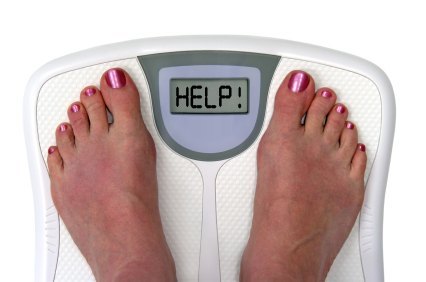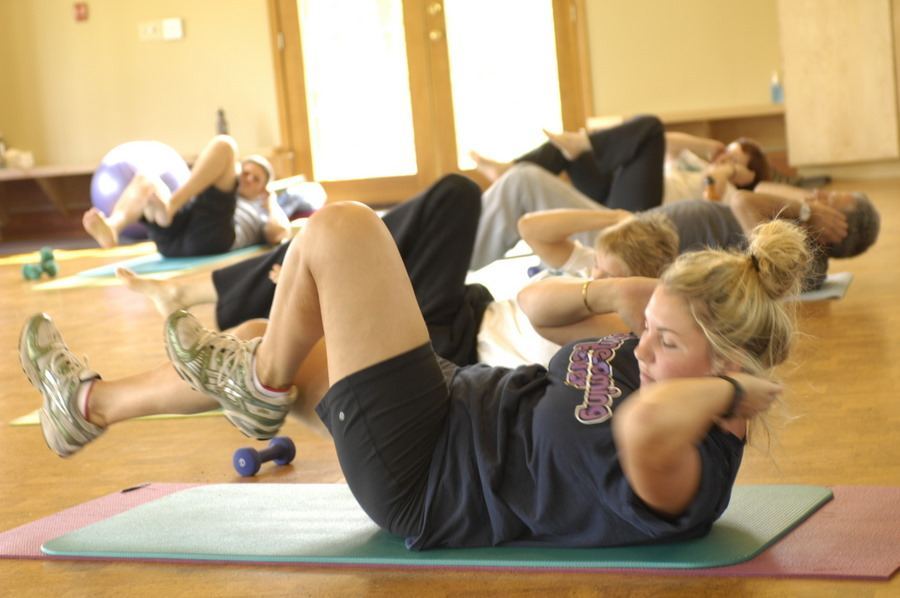Cross Training 101
 You may consider yourself to be in better than average shape (after all you are a Mountain Trek Veteran). Now at home as part of your integration plan you’ve been hiking 3 times a week in close by local parks. Some friends come into town for the holidays and you decide to go biking. No problem, you’re in great shape, right? Wrong. After a day on the bike you feel like you’ve been run over by Santa’s sleigh and all his reindeer. What’s going on?
You may consider yourself to be in better than average shape (after all you are a Mountain Trek Veteran). Now at home as part of your integration plan you’ve been hiking 3 times a week in close by local parks. Some friends come into town for the holidays and you decide to go biking. No problem, you’re in great shape, right? Wrong. After a day on the bike you feel like you’ve been run over by Santa’s sleigh and all his reindeer. What’s going on?
You may be in great shape, for the sort of exercise you do routinely, in this case hiking. But if that’s all you do, day after day, you may be setting yourself up for injury or mental burnout and that is not a good way to stay fit. What can help prevent injury and burnout? Cross training.
Cross training is a great way to condition different muscle groups, develop a new set of skills, and reduce boredom that creeps in after months of the same exercise routines. Cross training also allows you the ability to vary the stress placed on specific muscles or even your cardiovascular system. After months of the same movements your body becomes extremely efficient performing those movements and it limits the amount of overall fitness you possess and reduces the actual conditioning you get while training; rather than continuing to improve, you simply maintain a certain level of fitness. Cross training is also necessary to reduce the risk of injury from repetitive strain or overuse.
One of my favorite ways to cross train is cycling. I choose this for several reasons:
1. It’s fun!
2. Can be done outdoors or indoors (so if the weather is inclement; I have NO EXCUSE!)
3. Benefits cardio system and I get a fat flush if I go hard enough (40 minutes, 6.5 – 8.5 perceived rate of exertion, can’t talk easily!!)
4. Reduces exercise boredom.
5. Reduces the risk of injury.
What exercises would you like to make up your cross training routine?
Cardiovascular Exercise:
- Hiking
- Running
- Swimming
- Cycling
- Dancing
- Zumba
- Aerobox
- Rowing
- Stair Climbing
- Rope jumping
- Skating (inline or ice)
- snowshoeing
- Skiing/snowboarding (downhill, cross country)
- tennis / basketball / other court sports
Strength Training:
- Calisthenics (push ups and crunches and pull ups)
- Free Weights
- Machines
- Tubing and Bands
- Flexibility(stretching, yoga)
- Speed, agility, and balance drills
- Circuit training, sprinting, plyometrics and other forms of skill conditioning
With cross training, you can do one form of exercise each day, or more than one in a day. If you do both on the same day, you can change the order in which you do them.
Exercise can strengthen the cardiovascular system, bones, muscles, joints, reduce body fat and improve flexibility, balance and coordination. But if you want to see all of these benefits, you’ll need to start cross training. What better time to start than now? I hear your friends have taken up skiing!!!!
Cathy, Mountain Trek Fitness Director








